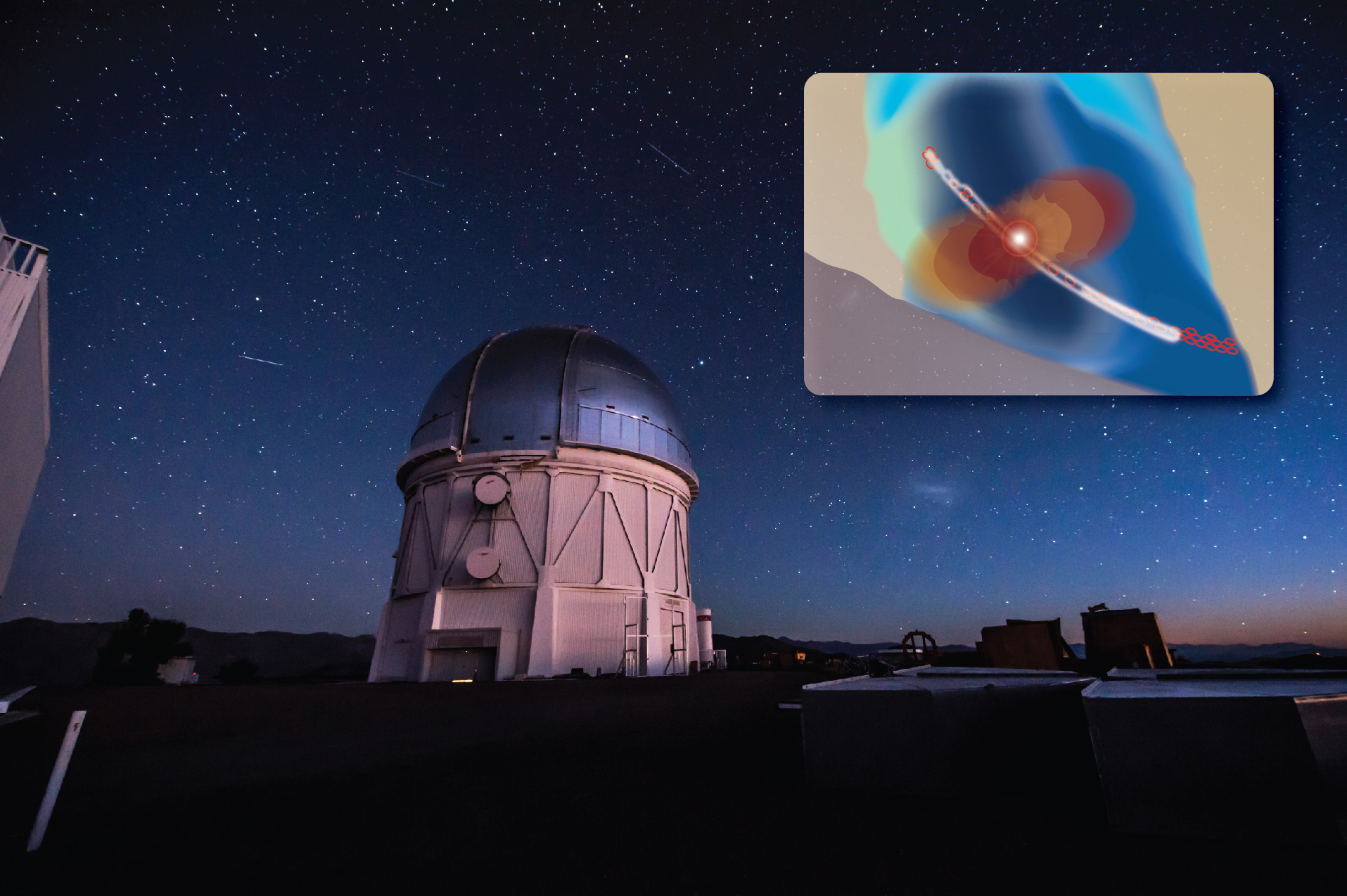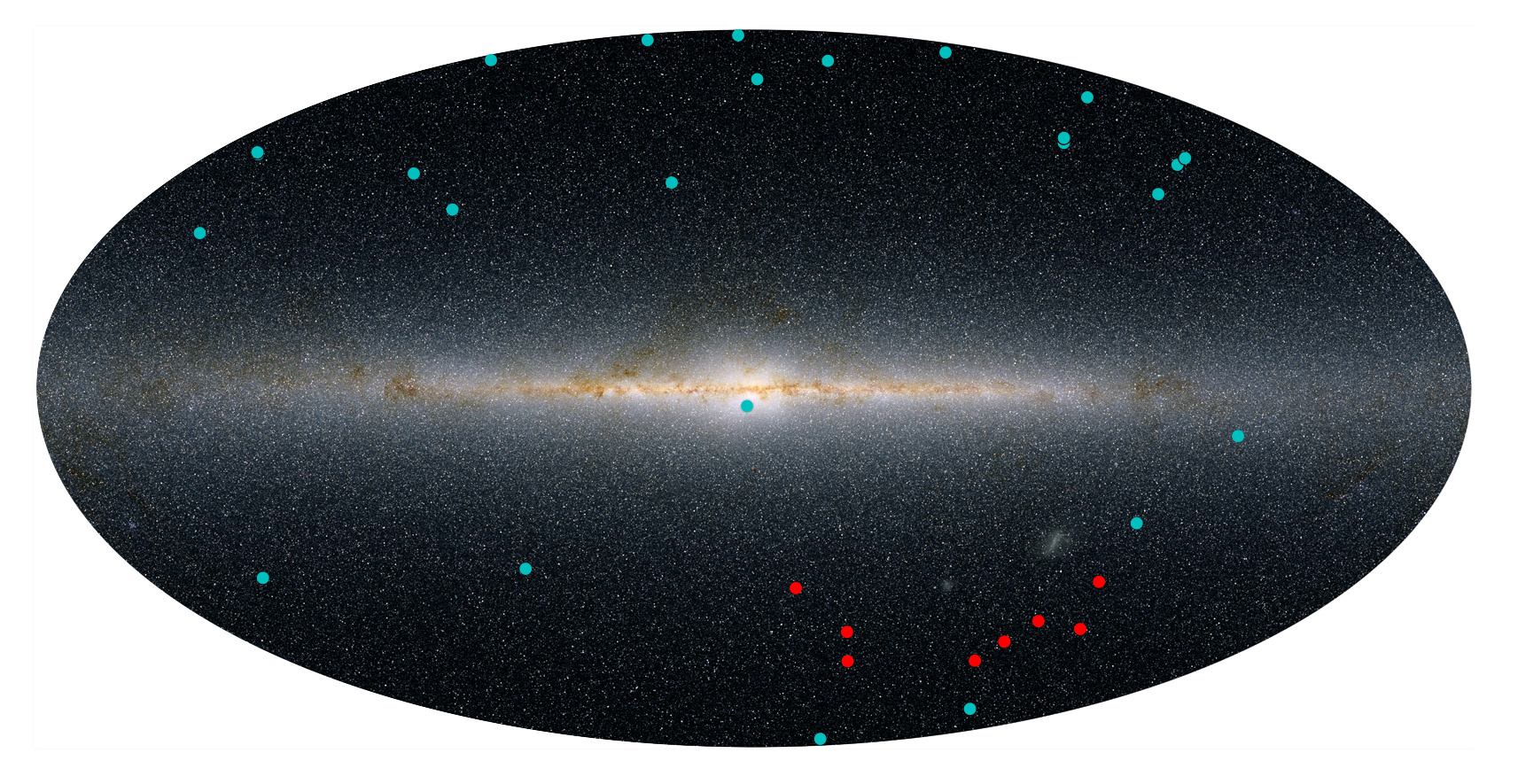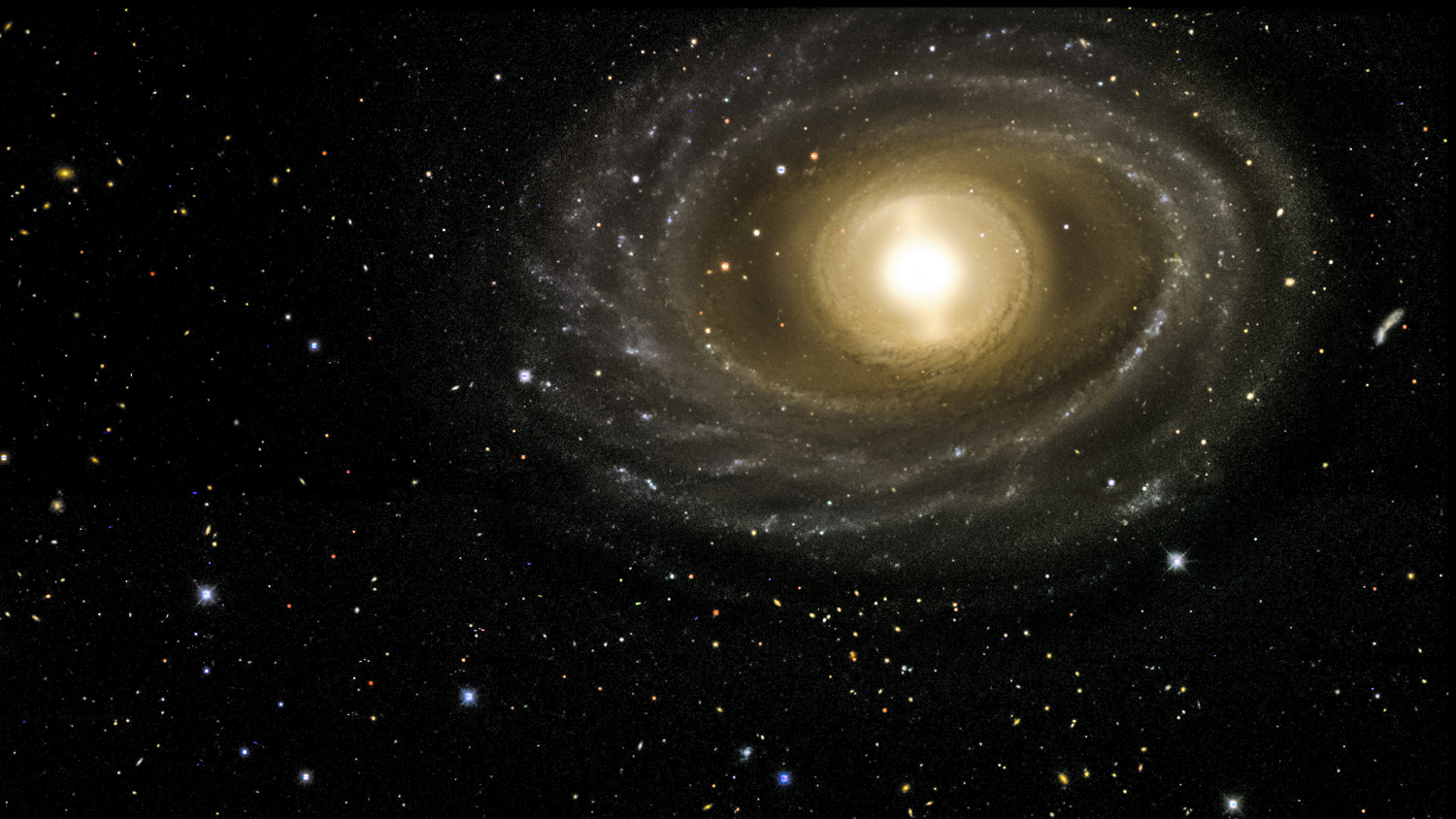Gravitational wave hunters team with astrophysicists
Members of the Dark Energy Survey have partnered with the LIGO experiment in the hunt for gravitational waves. They’re the DES-GW group. DES-GW will use the Dark Energy Camera to help LIGO search for the source of the gravitational waves it detects.





